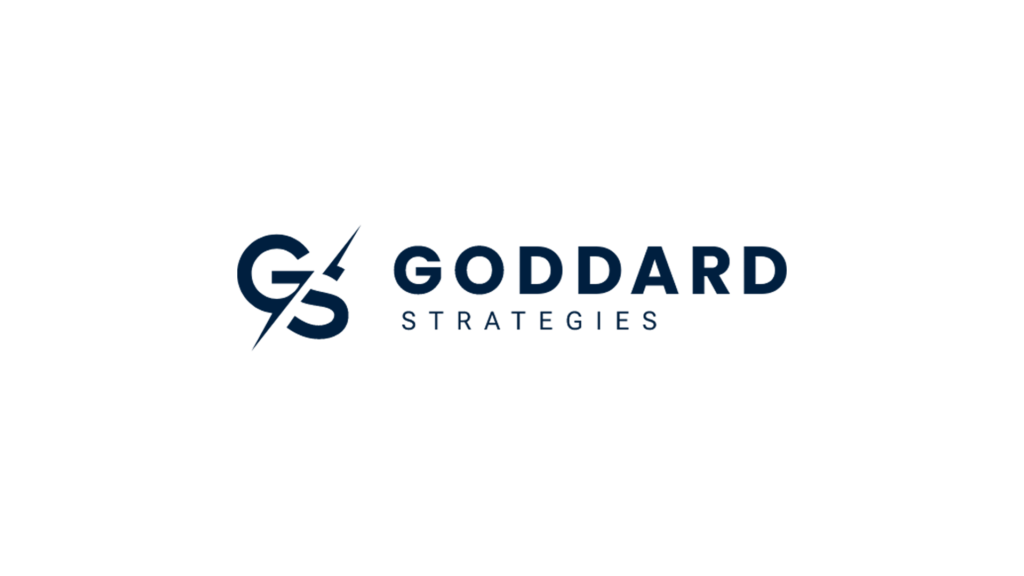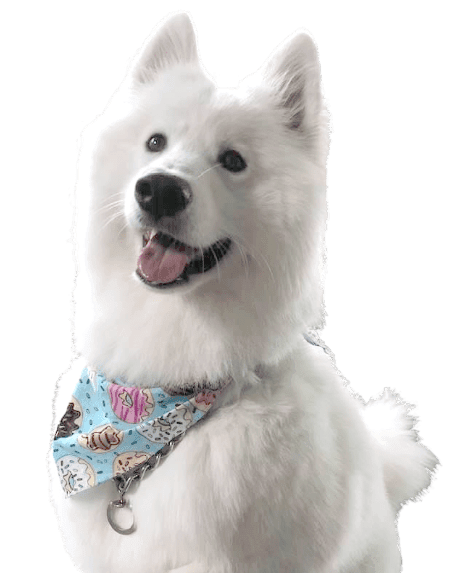The way businesses attract and convert customers has changed fast. What used to work a few years ago, from cold calls and print ads to static websites, is now somewhat more noise than strategy.
This 2025, buyers move quicker, expect more, and don’t wait around for outdated tactics. They want relevance, speed, and personalization. And if your marketing can’t deliver, someone else’s will.
That’s why traditional marketing isn’t enough anymore. It’s not about doing more of what used to work—it’s about doing better with more intelligent systems.
In this blog, we’ll explain why legacy tactics are failing, what’s replacing them, and how tools like AI for lead generation, scalable marketing strategies, and business growth with automation are helping service-based businesses stay ahead without burning out their teams.
The Challenge of Traditional Marketing in 2025
The shift in how businesses market today is hard to miss. Tactics like print ads, cold calls, and broadcast media just aren’t delivering like they used to. They’re hard to track, expensive to run, and often disconnected from what buyers actually want.
In fact, marketers are expected to move $9.56 billion away from traditional ads to digital platforms in 2025 and 2026, according to eMarketer. That kind of shift says a lot—it’s about moving toward smarter, more personalized marketing that actually drives results.
Buyers today expect fast, relevant, and personalized experiences. Traditional marketing, with its one-size-fits-all approach, doesn’t meet the mark anymore. If businesses want to stay competitive, it’s time to evolve and meet customers where they are.
Why “Good Enough” Marketing Isn’t Enough Anymore
Many businesses can feel it: the old ways aren’t working, but the shift to something better hasn’t fully happened. That’s the gap—and it’s growing.
Some companies are still relying on manual outreach, generic email campaigns, and word-of-mouth referrals. Meanwhile, their competitors are using automation, AI, and data to move faster and connect more effectively.
Today’s buyers expect relevance, speed, and a seamless experience. They won’t wait for a cold call or sift through a long newsletter to find what they need. If your marketing isn’t meeting them where they are, someone else’s will.
Here’s how the gap looks in action:
| Traditional Marketing | Modern Marketing |
| Generic email blasts | Personalized, behavior-driven email sequences |
| Cold calls with low connect rates | AI-powered outreach + real-time lead scoring |
| Manual follow-ups | Automated nurture workflows |
| One-size-fits-all messaging | Tailored messaging based on audience segments |
| Word-of-mouth or referrals only | Scalable multi-channel lead generation |
| No clear attribution or ROI tracking | Data-driven insights and real-time performance metrics |
Bridging the gap isn’t about switching tools—it’s about rethinking your entire approach. Businesses that adapt are building more intelligent systems, converting better leads, and scaling without burning out their teams. The rest? They’re being left behind.
Outdated vs. Omnichannel: What Modern Marketing Actually Looks Like
If your marketing still relies on single-channel tactics or disconnected efforts, you’re missing the bigger picture. In 2025, effective marketing isn’t about doing more—it’s about connecting everything.
Modern marketing strategies are built to scale across platforms. They’re automated where it counts, personalized where it matters, and always driven by data. The goal? Reaching the right people, in the right way, at the right time—without overwhelming your team.
Here’s what sets outdated strategies apart from truly scalable ones:
| Outdated Marketing | Modern, Omnichannel Marketing |
| Standalone email or social campaigns | Coordinated, cross-channel campaigns |
| Manual campaign scheduling | Automated delivery triggered by user behavior |
| Generic messaging | Personalized content based on customer segments |
| Reactive adjustments | Real-time optimization based on live performance |
| Single touchpoint strategy | Seamless experiences across email, ads, web, and more |
This shift isn’t just about tech—it’s about building a marketing system that works even when you’re not watching. That’s the power of scalable marketing strategies: consistency, efficiency, and the ability to grow without adding more complexity.
AI Is the New Sales Rep That Never Sleeps
Cold calling has long been a staple in outbound sales. But in 2025, it’s more of a time sink than a growth tool. It’s slow, unpredictable, and often leads to dead ends. On a good day, it takes nearly 20 calls just to connect with one prospect. And even then, the pitch might not land.
AI flips that model.
Instead of reaching out blindly, AI helps you identify who’s most likely to engage—before you even make contact. It scores leads based on real-time behavior, tracks buying signals across digital channels, and automates first-touch outreach through chatbots or voice tools that work around the clock.
It doesn’t just save time—it gives your team better leads, faster conversations, and fewer wasted hours. You’re no longer guessing who might convert. You’re starting with the ones who already show intent.
For growing businesses, AI for lead generation isn’t just an upgrade. It’s the more innovative, scalable way forward.
Automation: The Growth Multiplier Traditional Tactics Can’t Match
Scaling a business isn’t just about getting more leads; it’s about handling growth without overwhelming your team. That’s where automation comes in.
While traditional tactics rely heavily on manual effort, automation handles those tasks behind the scenes. Think follow-up emails, scheduling, and onboarding; automation keeps your processes running smoothly, even as demand grows.
Here are a few workflows that make a big impact:
- Lead nurturing sequences that respond to behavior and timing
- Automated appointment bookings with reminders and confirmations
- Follow-ups for unanswered inquiries or cold leads
- Streamlined client onboarding with welcome emails, forms, and next steps
The result? Your team stays focused on high-value work while your systems take care of the rest—consistently and efficiently.
For growing businesses, this isn’t just a convenience. It’s a multiplier. It helps you serve more people, build stronger processes, and grow—without stretching your team thin.
Final Thoughts: Marketing Has Moved On—Have You?
In 2025, traditional marketing just doesn’t cut it. Cold calls, print ads, and batch-and-blast emails might still exist, but they won’t get you where you want to go.
Buyers are moving faster. They expect relevance, responsiveness, and value on their terms. Businesses that meet those expectations through AI, automation, and scalable strategy are pulling ahead.
If your marketing still feels manual, disconnected, or hard to measure, it’s time to rethink the approach.
At Goddard Strategies, we help service-based businesses modernize how they attract and convert leads using data-driven systems that scale. Whether you’re ready to explore AI-powered lead generation or just want smarter workflows behind your marketing, we’ll help you build a system that grows with you.
Let’s rethink what growth looks like. Grow with Goddard!



